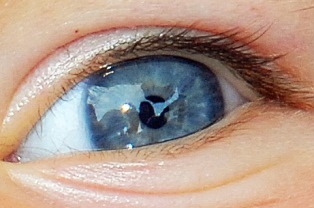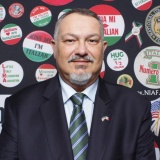
 Umberto Mucci
Umberto Mucci
Italian good news: Overcoming post-traumatic stress with the eye movement
- WTI Magazine #34 Jun 11, 2014
-

 Umberto Mucci
Umberto Mucci
WTI Magazine #34 2014 June, 11
Author : buonenotizie.it Translation by:
Post-traumatic stress disorder? It can be overcome: the proof is in a study made by the researchers of CNR ("Consiglio Nazionale delle Ricerche", the National Research Council) and University of Rome Tor Vergata on the parents who lost their children in the collapse of the elementary school during the earthquake in 2002 in San Giuliano di Puglia, in Molise.
It's called EMDR and it is a psychotherapeutic therapeutic treatment that helps to overcome symptoms and emotional distress related to stressful and traumatic life experiences. The acronym stands for "Eye Movement Desensitization and Reprocessing".
According to this process, trauma is healed making it move to another part of the brain: before, memories and images were situated in the frontal areas of the brain, linked to negative emotions; after the treatment the brain areas lit, photographed by the scholars, were those of cognitive functions.
"The eye movements of EMDR - says Isabel Fernandez , president of EMDR Italy Association - are similar to those of REM sleep and therefore quite natural: they reactivate the "self-healing" ability of the brain, that finds the resources to metabolize the traumatic event. After the treatment, patients remember the fact but feels that it is now part of the past".
EMDR is not new and has been working for 20 years, and has been proved that in 84% of cases the stress passes after only 3 EMDR sessions. The treatment was also recognized by the World Health Organization that in 2013 declared the need to intervene with specialist treatments such as EMDR on people who have been exposed to traumatic stress. In Italy there are 6,000 EMDR experts and many of them work in hospitals, local health authorities and structures of the National Health Service.